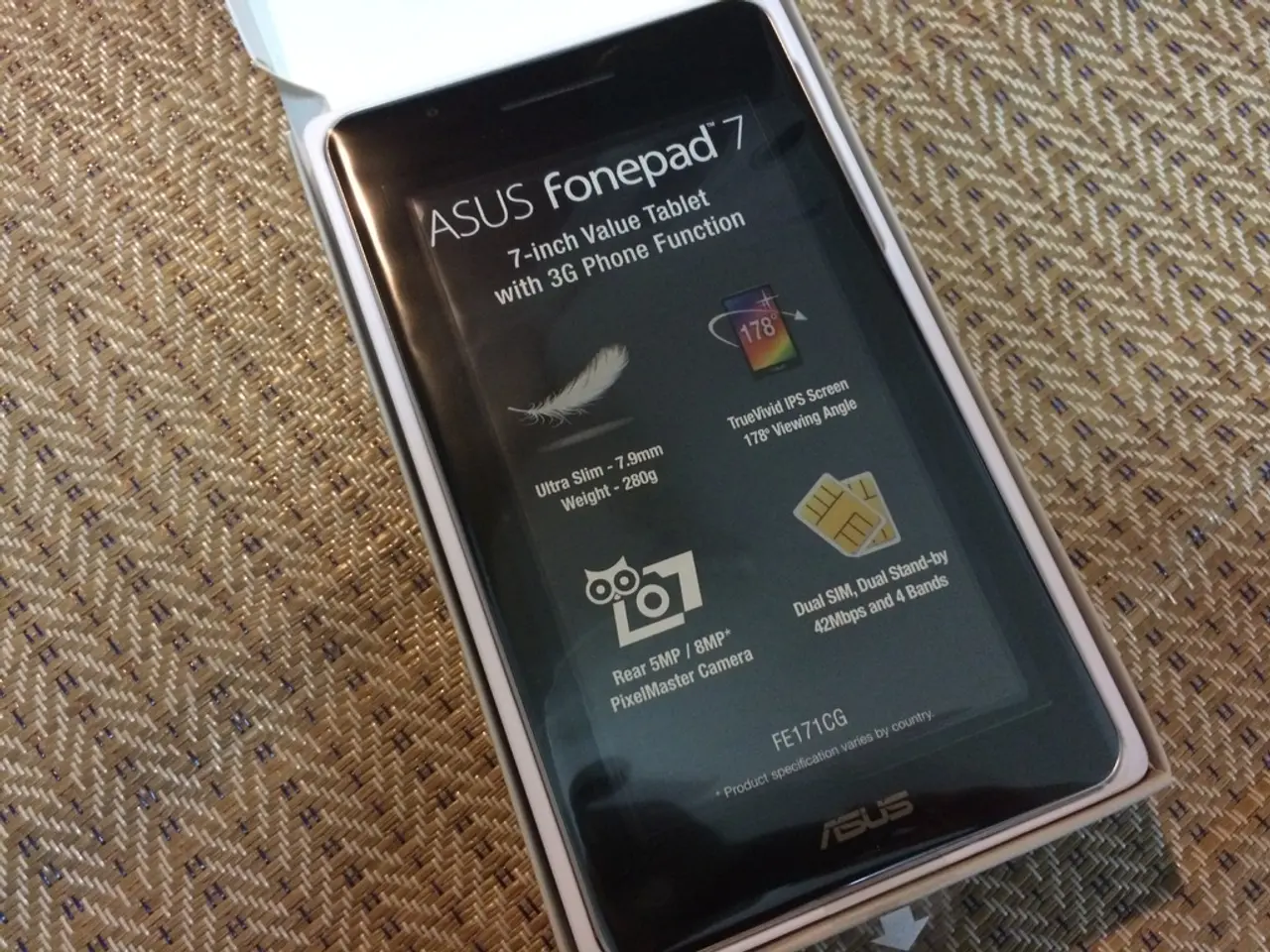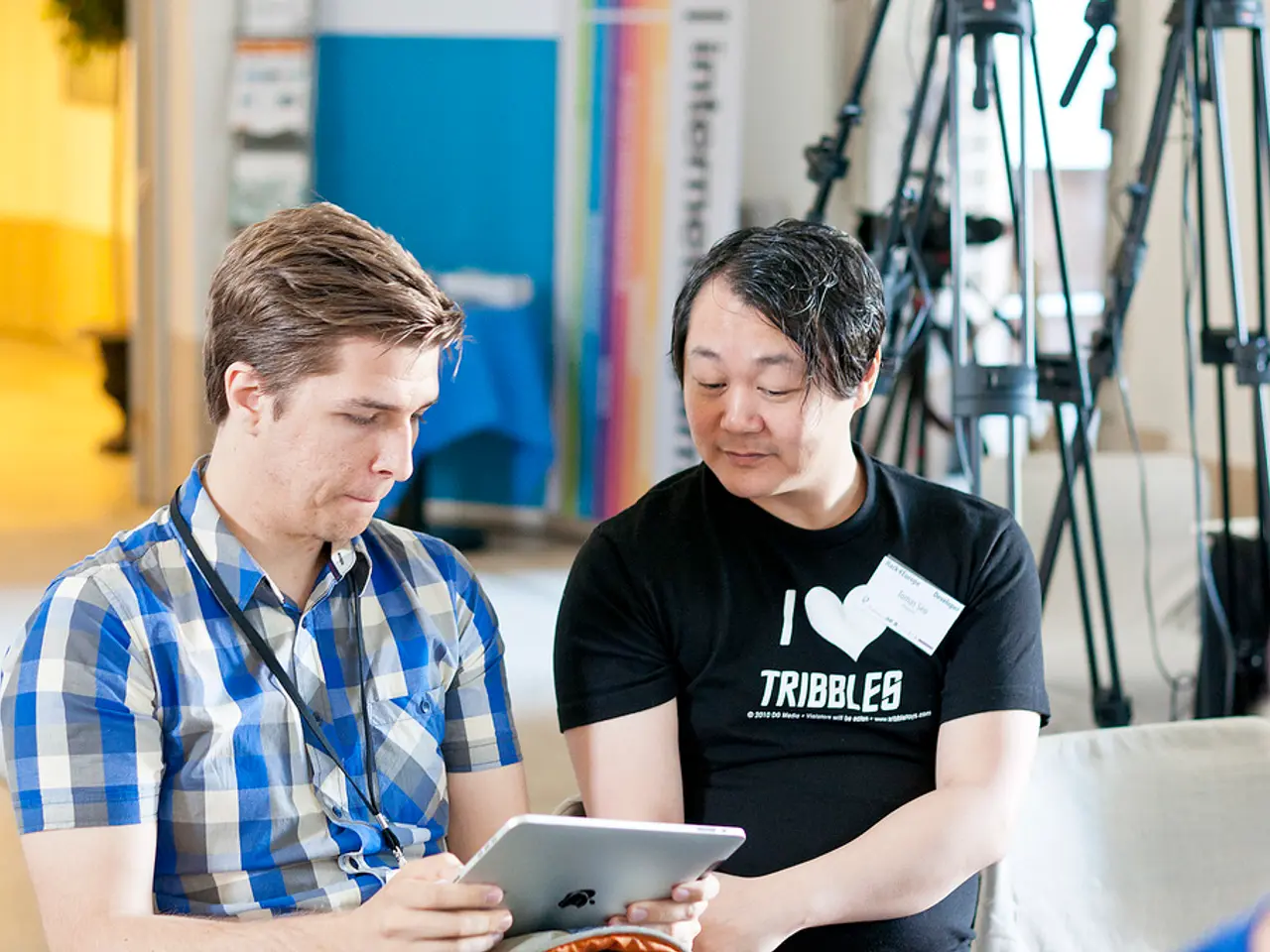Obstacles Encountered by Developers in Creating Internet of Things (IoT) Mobile Applications
In today's interconnected world, the Internet of Things (IoT) has become an integral part of our lives, with devices like smartphones, headphones, wearable devices, and more all connected to the internet. This digital revolution has given rise to a new breed of mobile applications, known as IoT mobile applications. However, developing these apps comes with unique challenges that set them apart from traditional applications.
Unique Challenges in IoT Mobile App Development
IoT mobile applications face a multitude of challenges during development, including cloud and connectivity issues, numerous features, security, and user experience. Navigating these complexities requires careful planning and a deep understanding of the IoT ecosystem.
Code Choices: Native vs Hybrid
When it comes to coding, developers have two main options: native code and hybrid code. Native code, while requiring high-priced developers, allows for faster updates. On the other hand, hybrid code is more affordable initially but requires custom programming for repetition.
Simplifying Features for a Better User Experience
In an attempt to differentiate their apps from competitors, developers often load their mobile apps with numerous features. However, this approach may not be suitable for IoT mobile applications, where simplicity and ease of use are key. To avoid overwhelming users with multiple menu layers, it's essential to reconsider the features included.
The Importance of Security
Neglecting security in IoT app development can pose significant risks to the connected products, cloud, and user data. In the IoT realm, security encompasses the security of the IoT product, IoT cloud, IoT app, interconnections, and interactions among them. Solutions involve multi-layered security approaches such as two-factor authentication, encrypted data storage, secure APIs, and continuous software updates to counter vulnerabilities from increasing connected devices.
The Role of User Experience
The user experience (UX) in IoT mobile apps is increasingly driven by artificial intelligence (AI), which personalizes interactions by predicting user needs based on behaviour, location, and preferences. This integration enhances usability, making IoT applications more intuitive, proactive, and adaptive. Additionally, cross-platform and agile development practices contribute to smoother user interfaces and faster feature delivery.
The Future of IoT Mobile App Development
Looking into the future, trends such as combining AI with IoT, wider adoption of 5G networks, and edge computing will continue to redefine IoT mobile applications by enabling smarter, faster, and more contextual services. IoT developers increasingly utilize modern programming languages, cloud platforms like AWS and Azure, and development methodologies such as continuous integration and test-driven development to maintain competitiveness and optimize app performance.
The Importance of Mobile App Considerations
IoT mobile app development should not be considered an afterthought but designed with mobile app considerations in mind. Ignoring the mobile app user experience can diminish the perceived value of connected products and the brand. The mobile app is the primary means for users to interact and control IoT connected products.
The Interconnected Ecosystem
An IoT product is composed of three major parts: the product, the cloud, and the mobile app, all interconnected by numerous networking and communications avenues. By understanding and addressing the challenges in IoT mobile app development, developers can create applications that seamlessly integrate into this interconnected ecosystem, enhancing the user experience and driving the adoption of IoT technology.
[1] [2] [3] [4] (Sources omitted for brevity)
- The integration of artificial intelligence (AI) in IoT mobile apps points to the role of technology in personalizing interactions and making the apps more intuitive, proactive, and adaptive.
- In the process of developing IoT mobile applications, developers face unique challenges such as cloud and connectivity issues, security, numerous features, and user experience, underscoring the need for careful planning and a deep understanding of the IoT ecosystem.




